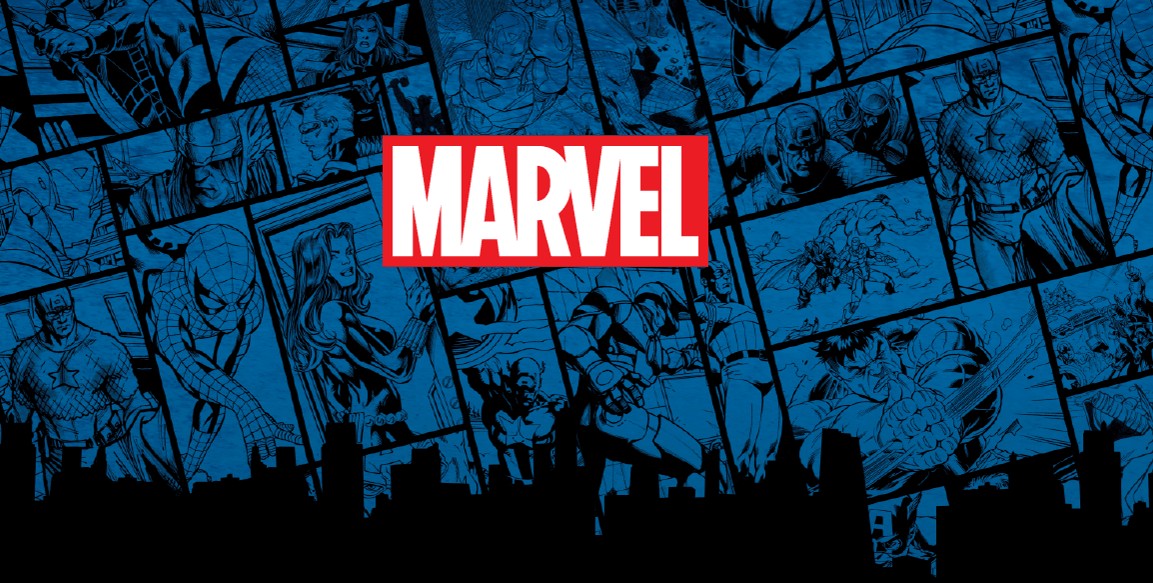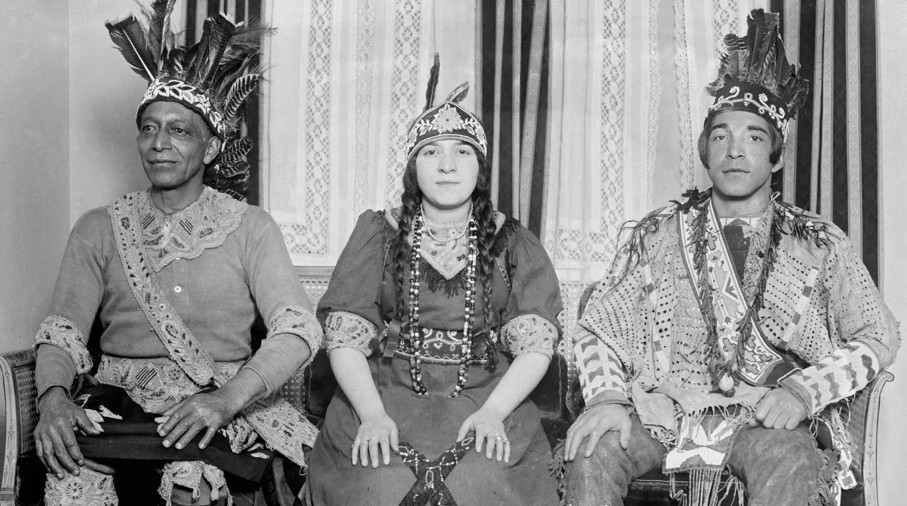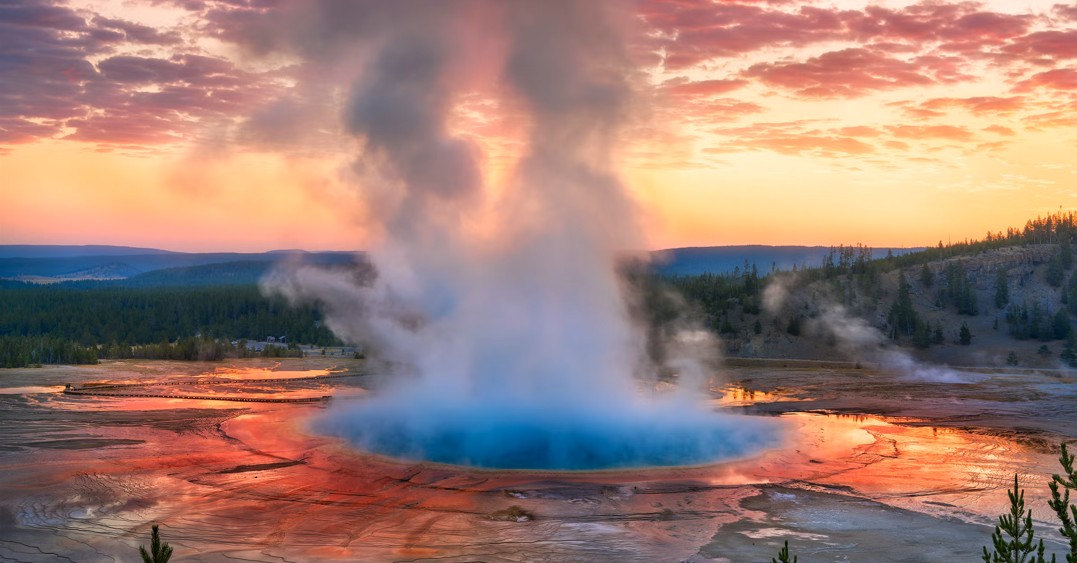
The name itself sends a shiver down the spine, doesn’t it? “Frankenstein.” For many, it conjures images of bolts in the neck, a lumbering creature, and a tale of terror and scientific hubris. But like the creature it describes, the story of Frankenstein has been reanimated countless times, evolving and adapting, and its core themes remain as potent today as they were over two centuries ago.
Mary Shelley’s gothic masterpiece, published anonymously in 1818, was more than just a scary story. It was a profound exploration of creation, responsibility, prejudice, and the very definition of humanity. And it all began with a young woman, huddled around a campfire with friends, challenged to conjure the most terrifying tale. For Shelley, that terrifying tale wasn’t just about a monster, but about the monster within us, the consequences of playing God, and the pain of being an outcast.
More Than Just a Monster: Deconstructing the “Frankenstein” Myth
Let’s be honest, the pop culture image of Frankenstein is often a simplification. The hulking, green-skinned brute with stitches is a far cry from Shelley’s original creation. Her “creature” was described as beautiful, albeit terrifyingly so, with his expressive eyes and perfect teeth. The true horror lay not in his appearance, but in his isolation, his yearning for acceptance, and the cruel rejection he faced at every turn.
This is where the enduring power of Frankenstein truly lies. It’s a story about:
- The Perils of Unchecked Ambition: Victor Frankenstein’s relentless pursuit of scientific glory blinds him to the ethical implications of his work. He achieves the impossible, only to be utterly horrified by his own success. This serves as a timeless cautionary tale for any field where progress outpaces morality.
- The Weight of Responsibility: Once created, Victor abandons his creature, refusing to acknowledge his role as a parent or guardian. This abandonment fuels the creature’s rage and despair, leading to the tragic cycle of violence that ensues. It forces us to consider the responsibility that comes with bringing something new into the world, be it a scientific discovery, a piece of art, or even a child.
- The Destructive Nature of Prejudice: The creature’s initial innocence is systematically eroded by the fear and disgust he encounters from all who see him. He is judged solely on his appearance, denied any chance of understanding or compassion. This mirrors real-world prejudices and the devastating impact they have on individuals.
- The Search for Belonging: At its heart, the creature’s story is a heartbreaking plea for connection. He longs for love, for understanding, for a companion. His descent into darkness is a direct result of his complete and utter isolation.
Frankenstein’s Legacy: A Constant Rebirth
From the silver screen to the stage, Frankenstein’s story has proven incredibly adaptable. Each generation finds new ways to interpret its themes, reflecting the anxieties and hopes of their own time. We’ve seen versions that focus on the scientific horror, others that emphasize the tragic romance, and many that delve into the philosophical questions of what it truly means to be human.
This constant reimagining is a testament to the richness of Shelley’s original vision. The story transcends its gothic origins and speaks to universal human experiences. It reminds us that the scariest monsters are often not those with fangs and claws, but those born of our own hubris, our own fear, and our own failures to connect.
So next time you think of Frankenstein, try to look beyond the bolts and the stitches. Consider the brilliant, yet flawed, scientist. Ponder the lonely, yearning creature. And reflect on the timeless questions that Mary Shelley, a young woman in a Swiss villa, so brilliantly posed to the world. The spirit of Frankenstein, in all its complexity and tragedy, continues to haunt and inspire us, a powerful reminder of the light and the dark that reside within us all.






